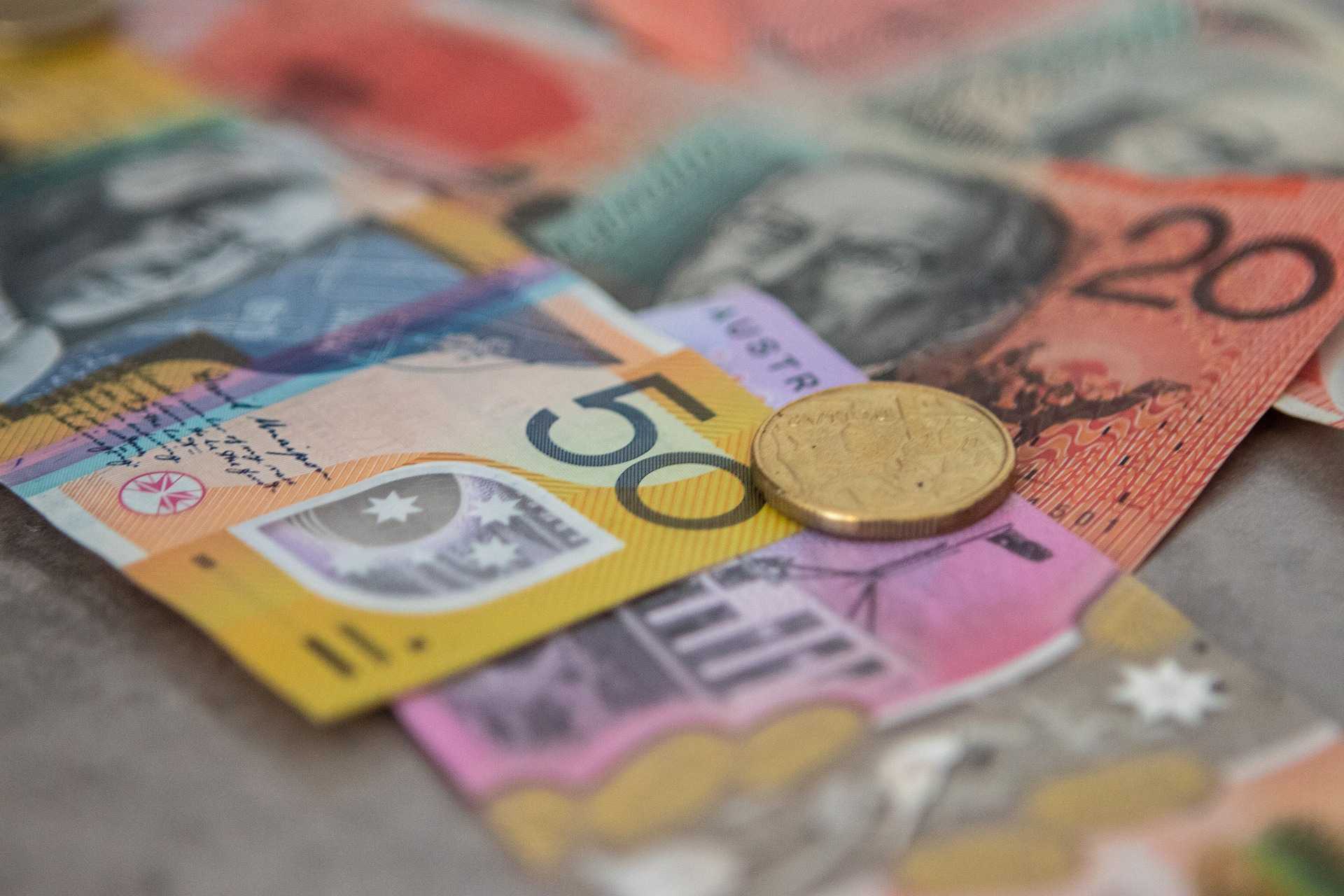The AUD/USD moves sideways around the 0.7750 levels in March, in spite of a shooting star candlestick seen on the monthly charts in February.

AUD/USD Fluctuates Above and Below the 0.7750 Mark
The AUD/USD currency pair reached a high of 0.80 levels on February 25, 2021, but moved lower after facing resistance in this area. It then received a mild set-back in February to 0.76 levels.
In March, the AUD/USD currency pair has moved between the 0.7830 and 0.7650 ranges, fluctuating around the 0.7750 levels. The Australian dollar against the US dollar index has gone up 1% after it lost its upward movement during the week.
The AUD/USD is moving with upward momentum, after slumping to the 73.00 zones in November 2020.
AUD/USD Improves with Increasing Consumer Confidence
Australia had successfully kept the covid-19 infections within control but is threatened by the second wave. The vaccine rollouts are improving consumer confidence, which has strengthened the currency. The stimulus policy brought by the government has contributed well to uplift the economy. Though the Australian economy has recovered, it has a long way to go, to reach full capacity. The economy grew by 3.1% for the last quarter of 2020.
Consumer Sentiment in December was at a 10-year high at 112 points. In March 2021, consumer sentiment has rebounded once again to 111.80, just 0.2 points below the previous high, according to the Westpac-Melbourne Institute Index. Economic conditions are improving in Australia, especially in the labor market. The index shows a 14.2% increase on a year-to-year basis.
Consumer Inflation Expectation in Australia has gone up in March to 4.1%, while it was at 3.7% previously.
The National Australia Bank (NAB) Business Confidence Index at 16 is better than the previous figure at 12. An improvement is seen in spending, investment, and hiring. However, Business Investment has come down in February.
Housing prices in Sydney are soaring higher, as there are no signs of wage growth. Low-interest rates have made housing prices go higher, says Lowe. However, housing prices can be reduced using other tools, because interest rates cannot be used to lower housing prices, for now, says the governor.
AUD/USD JobKeepers Program
The JobKeepers program is set to end this month, and there is an increasing fear of mass unemployment with the program coming to an end. An alternative to the JobKeeper program may be included in the May budget say, officials. However, small and medium businesses have to wait for the May budget to get a supportive scheme.
Unemployment is relatively high, and the Reserve Bank has to support the economy to gain full employment. Governor Lowe says demand for labour has to increase until wages rise correspondingly.
Australian central bank governor continues to keep interest rates at a record low. Philip Lowe states that the historic low rates will continue until 2024, as there is no wage growth. Lowe says that Australian wage growth at 1.4% was not good even before the pandemic times.
Quad Summit
The Quad virtual summit on March 12 between Australia, India, Japan, and the United States is a significant milestone that will help the AUD/USD currency pair. Global issues like climate change, Covid-19, and cybersecurity were chief topics of discussion at the summit. “The need for sovereignty, security, and independence is required”, said Scott Morrison, without directly mentioning the threat faced from China.
Australian trade depends on China, but China’s restrictive trade policy is hampering relations between the two countries, especially in meat, coal, cotton, wine, and barley. The summit will play a significant role in the AUD/USD currency pair.
US Dollar Index
The US dollar has surged after the US stimulus package was signed into law by US President Joe Biden.
The 10-US Treasury yields have moved higher, attracting investors into the greenback, pulling the Australian dollar lower. The 10-year Treasury bond rose to 1.6%, while the 30-year Treasury note increased to 2.38%. The greenback is gaining strength with the Treasury Yields rallying higher.
The American Secretary of State Antony Blinken will be visiting China as the US representative for the first time. The outcome of his visit may impact the performance of the AUD/USD currency pair too.
AUD/JPY
The AUD/JPY closed at the year high at 84.64 last week, rising almost 2%. The Australian dollar against the Japanese yen is moving within a close range and has to move past the February high at 85.00 to move further or it may correct lower to the 82.00 levels.
AUD/CAD
The Australian dollar has weakened against the Canadian dollar, especially as the job report has not been good. Crude oil prices continue their strong upward momentum, which is another cause of the strengthening of AUD/CAD.
AUD/NZD
The two commodity currencies depend on their exports and imports and gain strength as trade grows in these countries. Tourism is another important sector that bolsters the AUD/USD currency. The currency pair has seen two large swings up and down in the year 2021, moving with a rhythm to the trade data, especially to China.